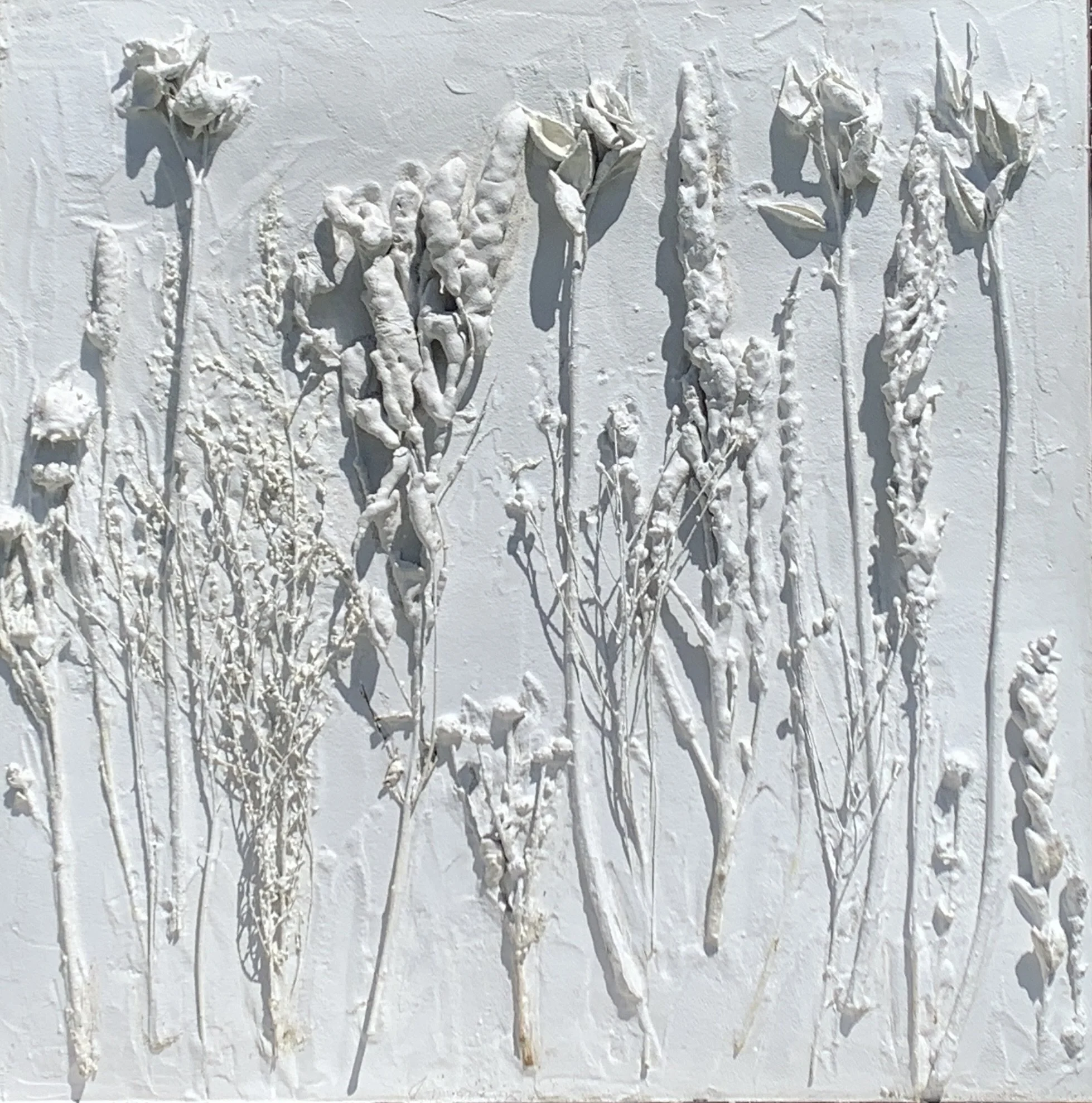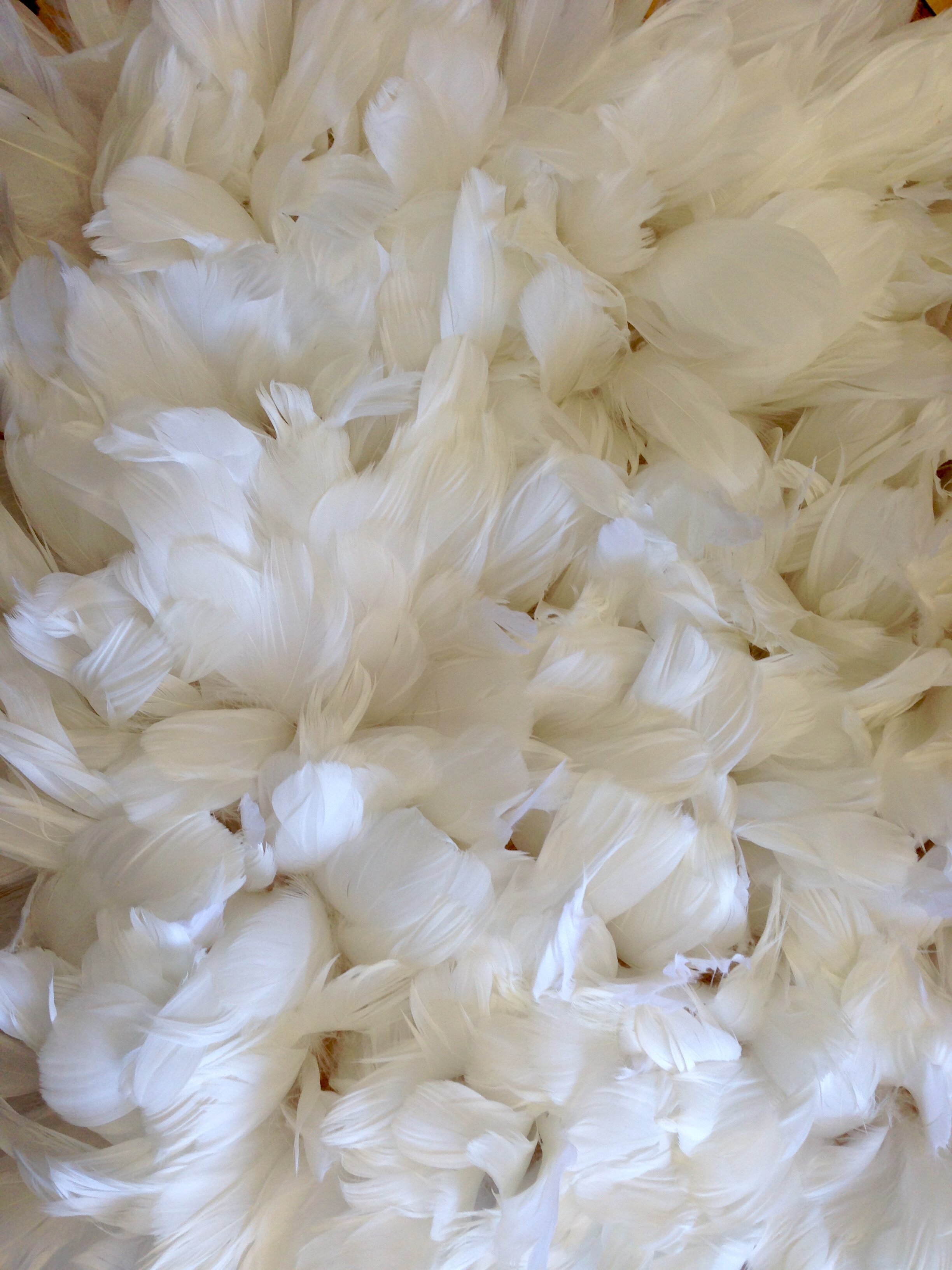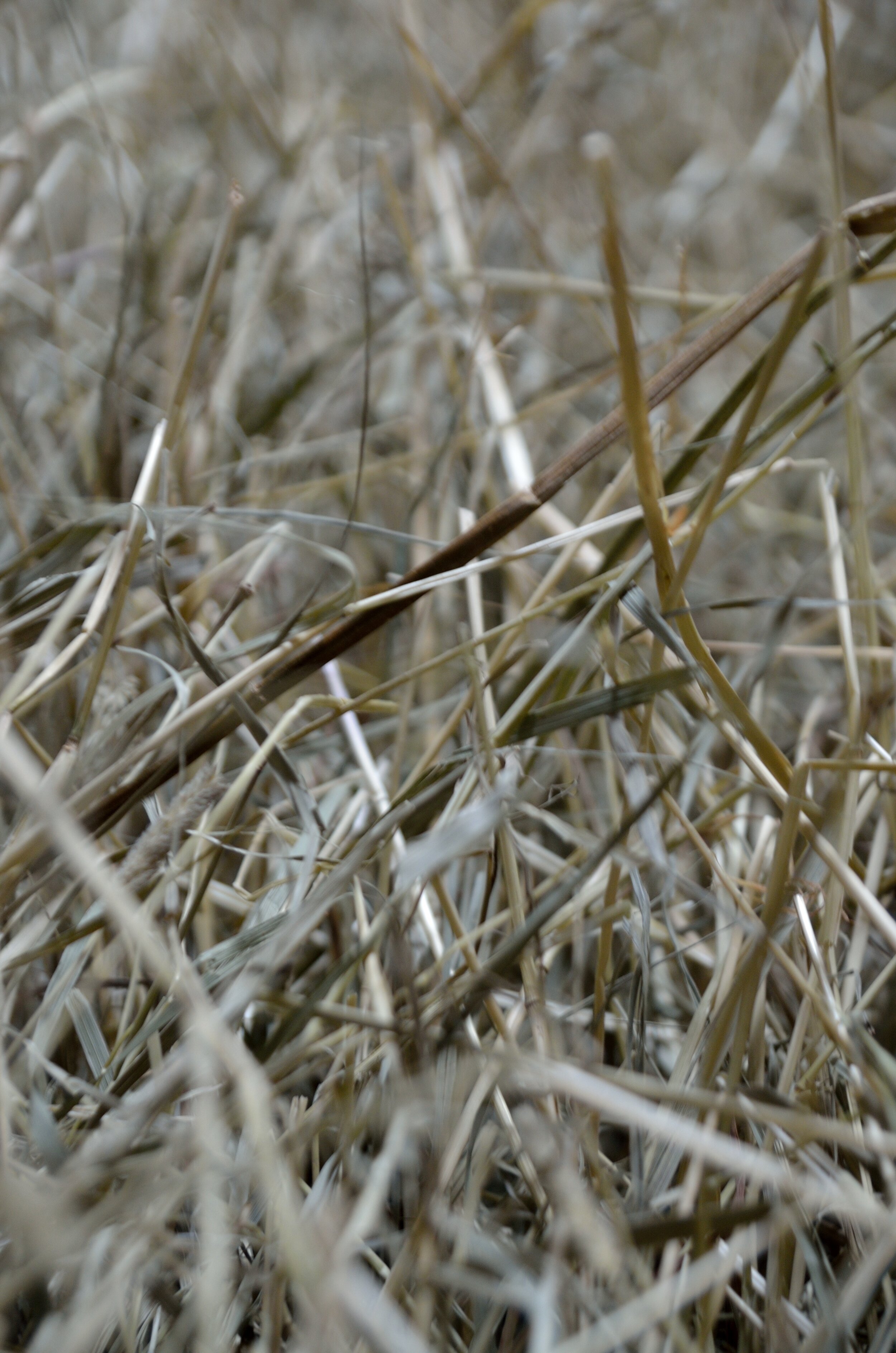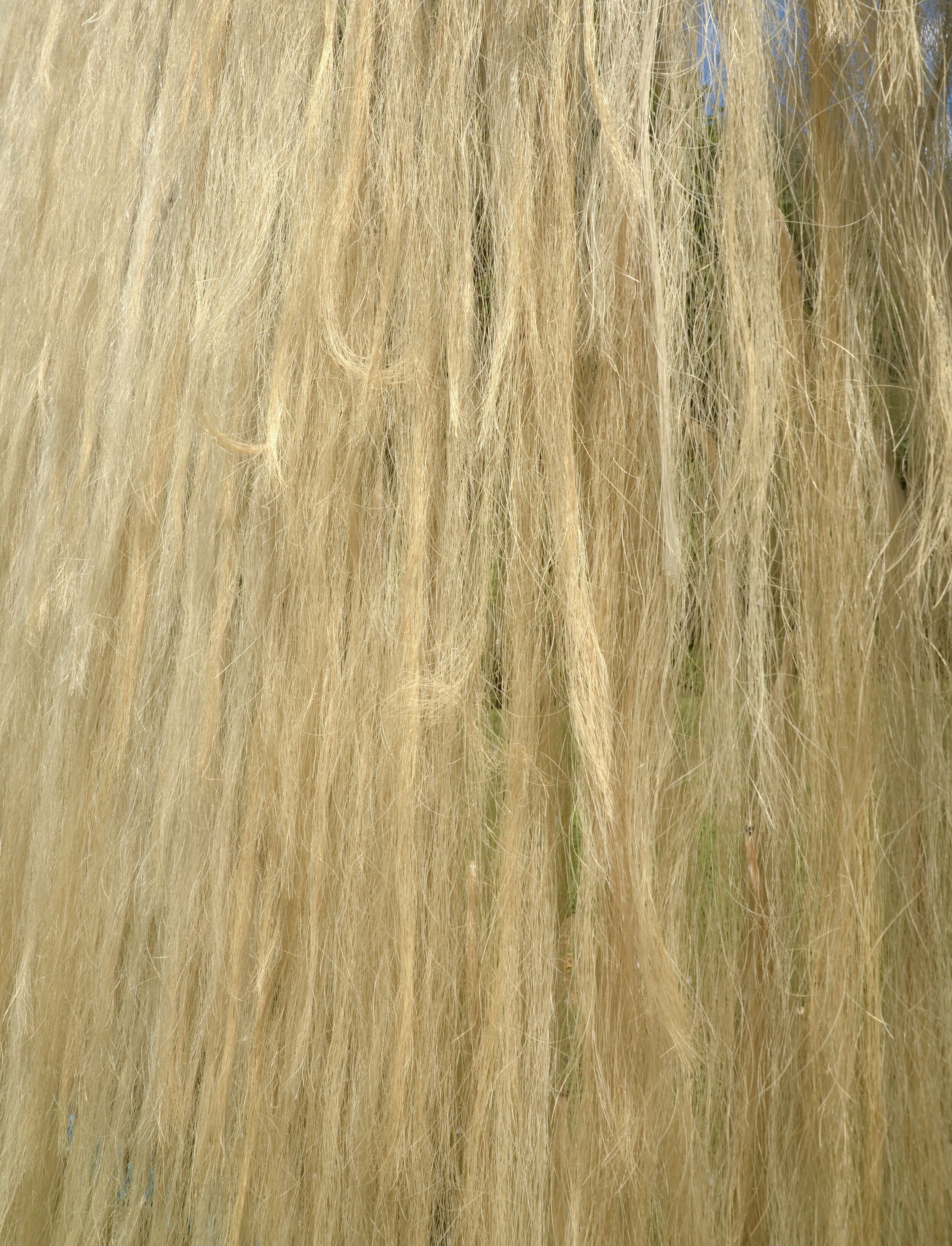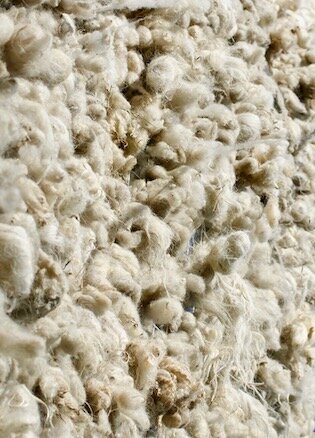I pick plants from the fields surrounding the studio and cast them into limestone and sand, materials from our Vermont soils. This act of memorializing the fields (or even a season, if one could do that), of trying to keep the plant’s natural form, then set the field on a pedestal (much like the horses and war heroes in most town and city centers), becomes an act of resistance from the studio. Even the resulting sculpture becomes a carbon sequestering monument, as limestone is part of the carbon cycle-in contrast to the environmentally detrimental hardscape of an urban center (cement and asphalt have a negative impact for the earth). The installation of the indigenous plants of a region will be like having a year round textural stone field, or woodland, in all of its natural abstraction of form.
These white limestone memorials/monuments placed in the public sphere, in neighborhoods for example, that once were fields, will reference the long history of humanistic public memorials and monuments of war and community heroes, and honor the landscape that was lost due to human encroachment. It will put nature on a pedestal in an abstract, un-curated form, much like what we see in nature’s natural state. The context of the memorial/monument in a city hardscape melds culture and nature together in a site specific installation.
In 2021 I was awarded a Creation Grant from the Vermont Arts Council to develop this new work.
